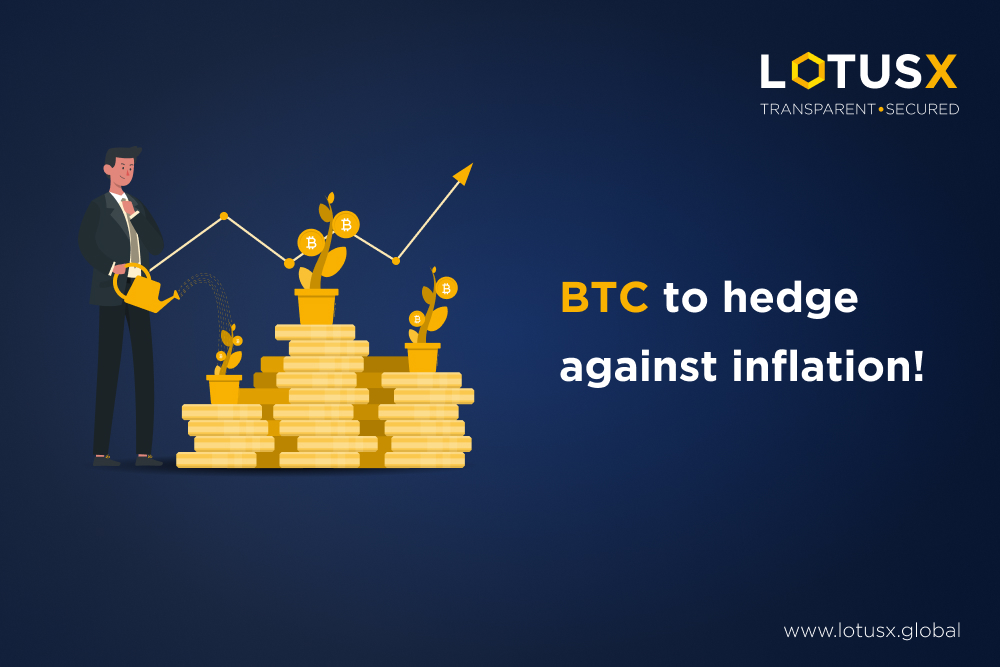Bitcoin, often referred to as “digital gold,” has gained notoriety for its potential as a hedge against both inflation and deflation. In a world of economic uncertainties, where traditional assets like stocks and bonds may not offer the stability and security investors seek, Bitcoin presents a unique proposition. In this blog, we will delve into the dual nature of Bitcoin as an unconventional hedge against both inflation and deflation.
Bitcoin as an Inflationary Hedge
Here is how BTC acts as an inflationary hedge:
The Fiat Currency Dilemma: To understand Bitcoin’s role as an inflationary hedge, we must first acknowledge the challenges of fiat currencies. Central banks have the authority to increase the money supply, often through mechanisms like quantitative easing. This practice can lead to inflation, eroding the purchasing power of money over time.
Bitcoin’s Scarcity: Bitcoin’s distinct characteristic is its capped supply of 21 million coins. This scarcity stands in stark contrast to fiat currencies. As more fiat currency is printed, the value of each unit diminishes. Bitcoin’s limited supply protects it from this inflationary pressure.
Preserving Wealth: Investors view Bitcoin as a store of value that can preserve their wealth in an inflationary environment. As central banks increase the money supply to counter economic challenges, Bitcoin remains a finite asset, potentially maintaining or increasing in value.
Bitcoin as a Deflationary Hedge
Here is how BTC acts as a deflationary hedge:
Deflationary Economic Conditions: Deflation occurs when the overall price level of goods and services falls, leading to an increase in the purchasing power of money. In deflationary economic conditions, traditional assets like real estate and stocks may lose value.
Disinflationary Supply: Bitcoin’s supply is not only limited but also disinflationary. Every four years, the Bitcoin network undergoes a “halving” event. During this event, the rate at which new bitcoins are created is halved. This decreasing issuance rate contrasts with traditional currencies that can lose their purchasing power during deflation.
A Hedge in Times of Deflation: Bitcoin’s scarcity and the decreasing supply schedule make it an attractive option for investors looking to safeguard their wealth during deflationary periods. It has the potential to retain or increase in value when other assets may be susceptible to depreciation.
Key Takeaway!
Bitcoin’s unique attributes make it an intriguing hedge against both inflation and deflation, depending on the economic and financial landscape. While it offers potential benefits as a store of value in times of inflation, its scarcity and disinflationary properties can also shield it from the effects of deflation. However, it’s important to remember that Bitcoin is a highly volatile and speculative asset. Before considering it as a hedge, investors should carefully evaluate their investment goals and risk tolerance.
In a world of evolving financial dynamics, Bitcoin continues to challenge traditional notions of wealth preservation, offering investors an alternative avenue to navigate the complex terrain of inflation and deflation.




